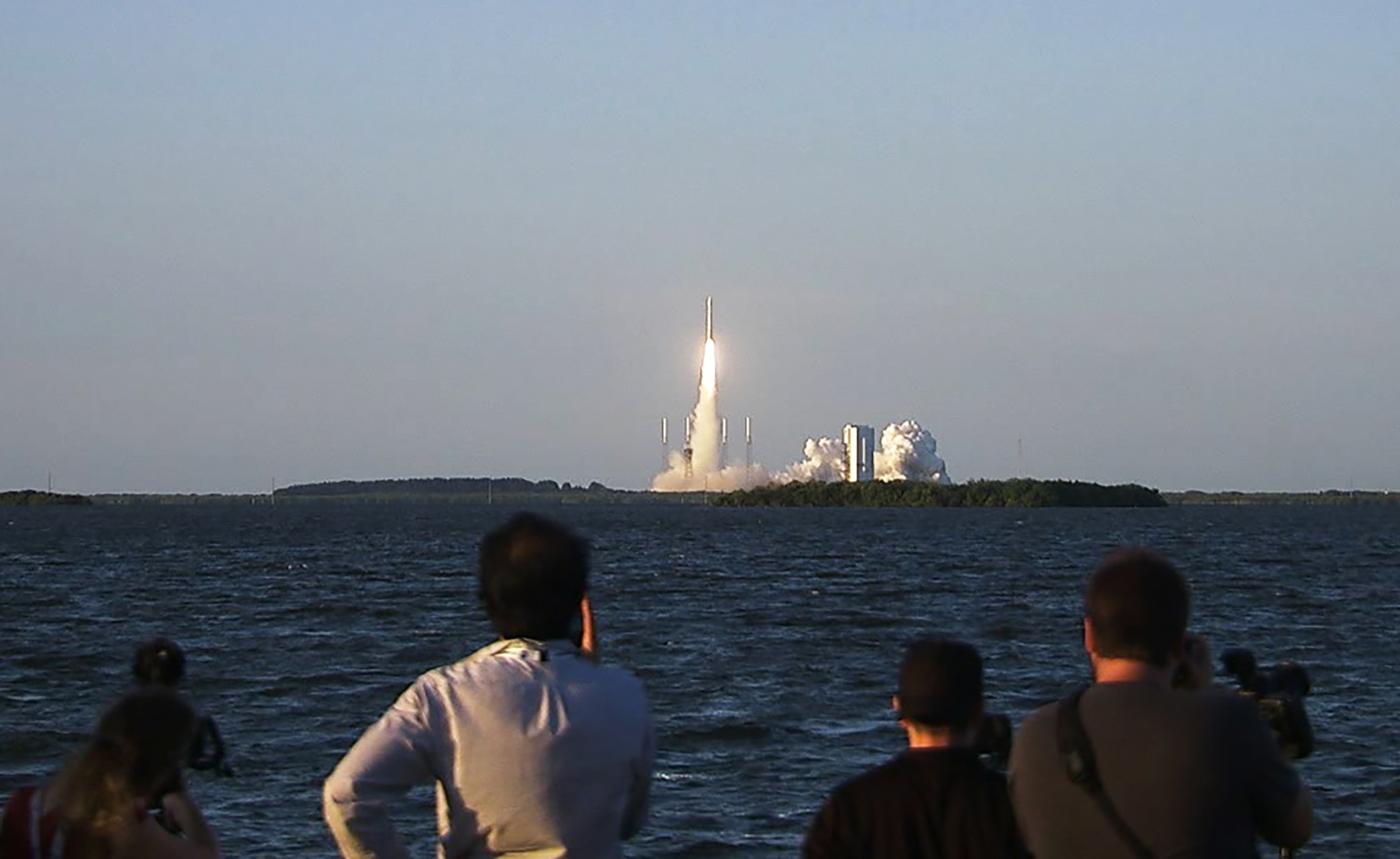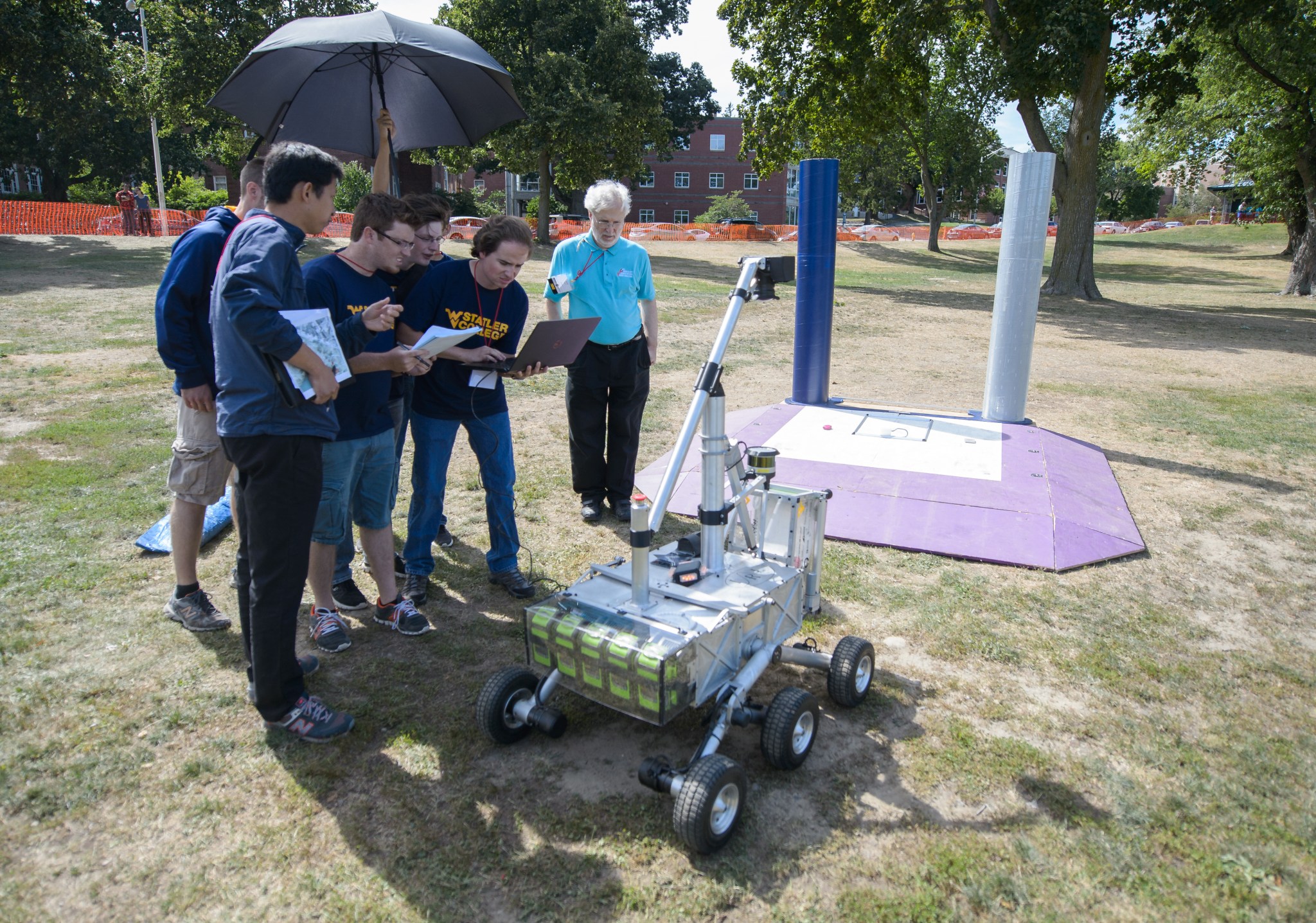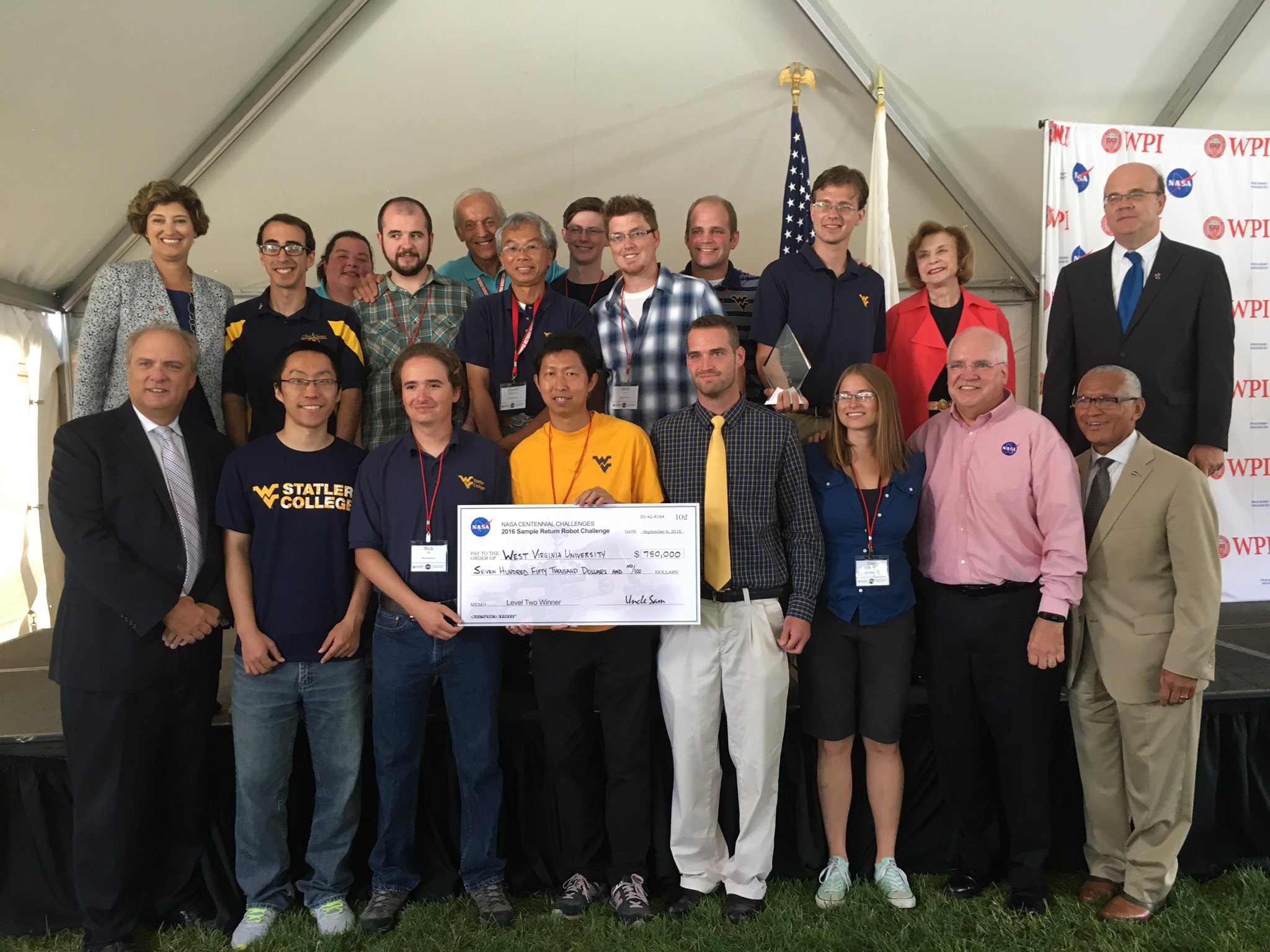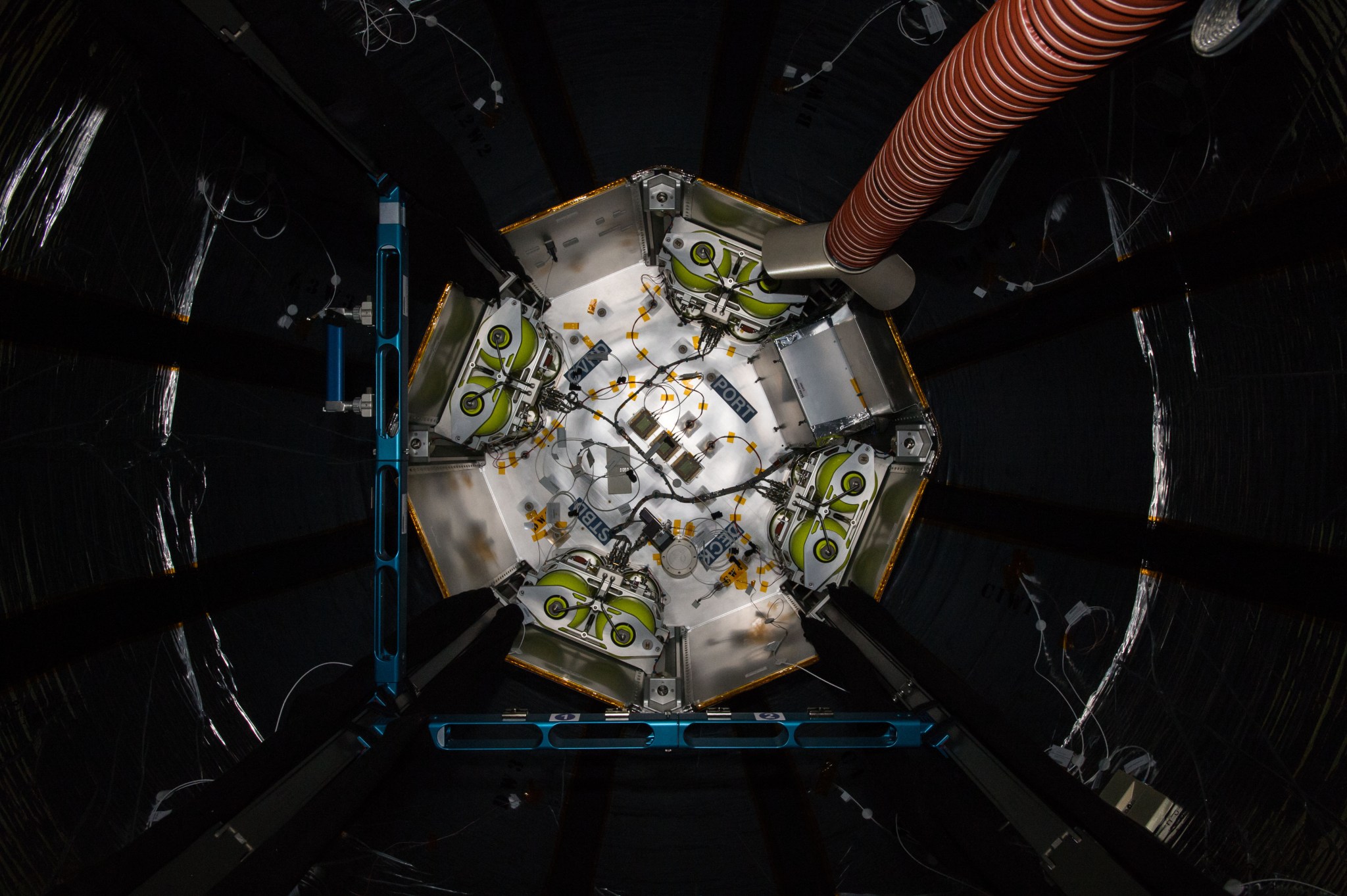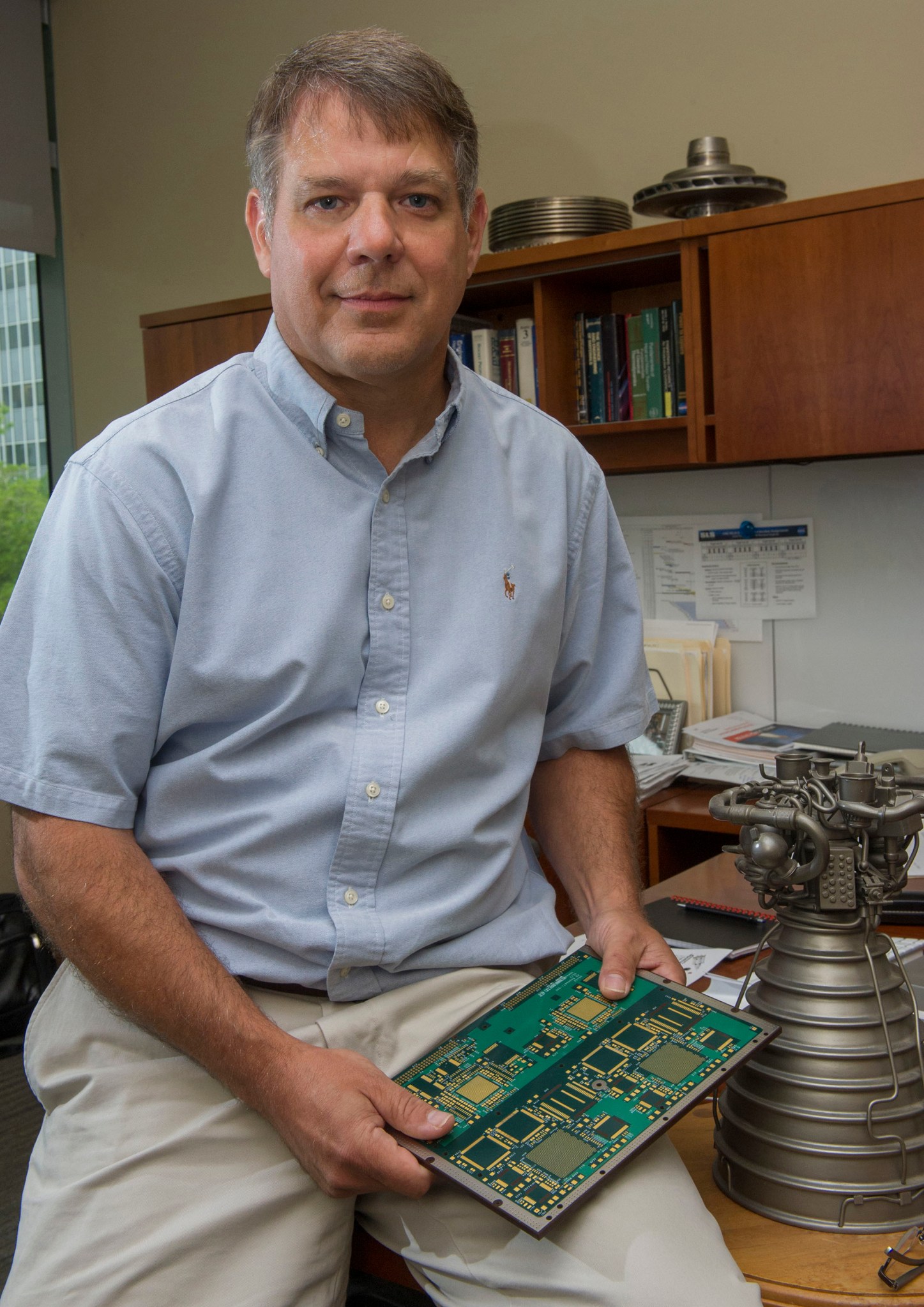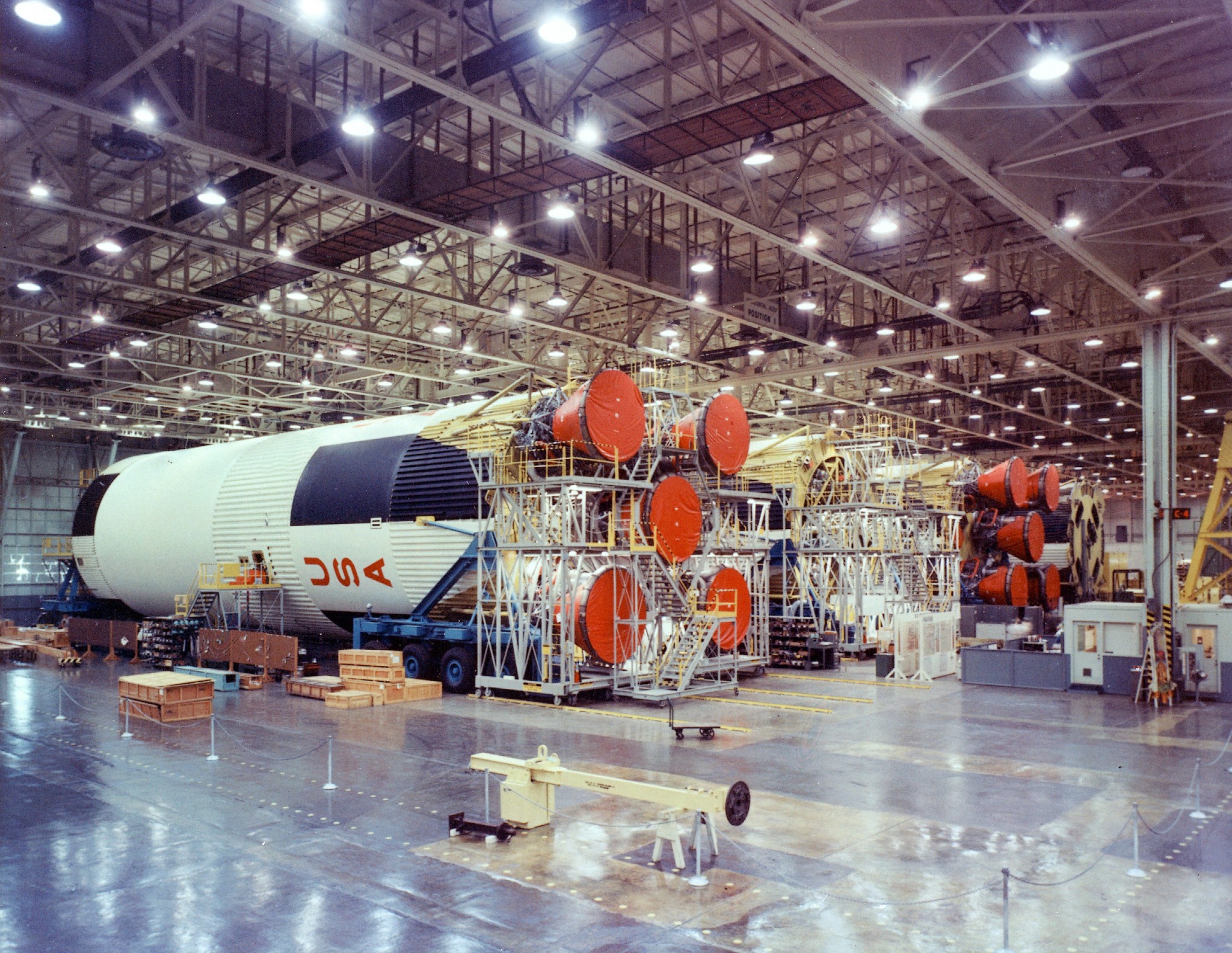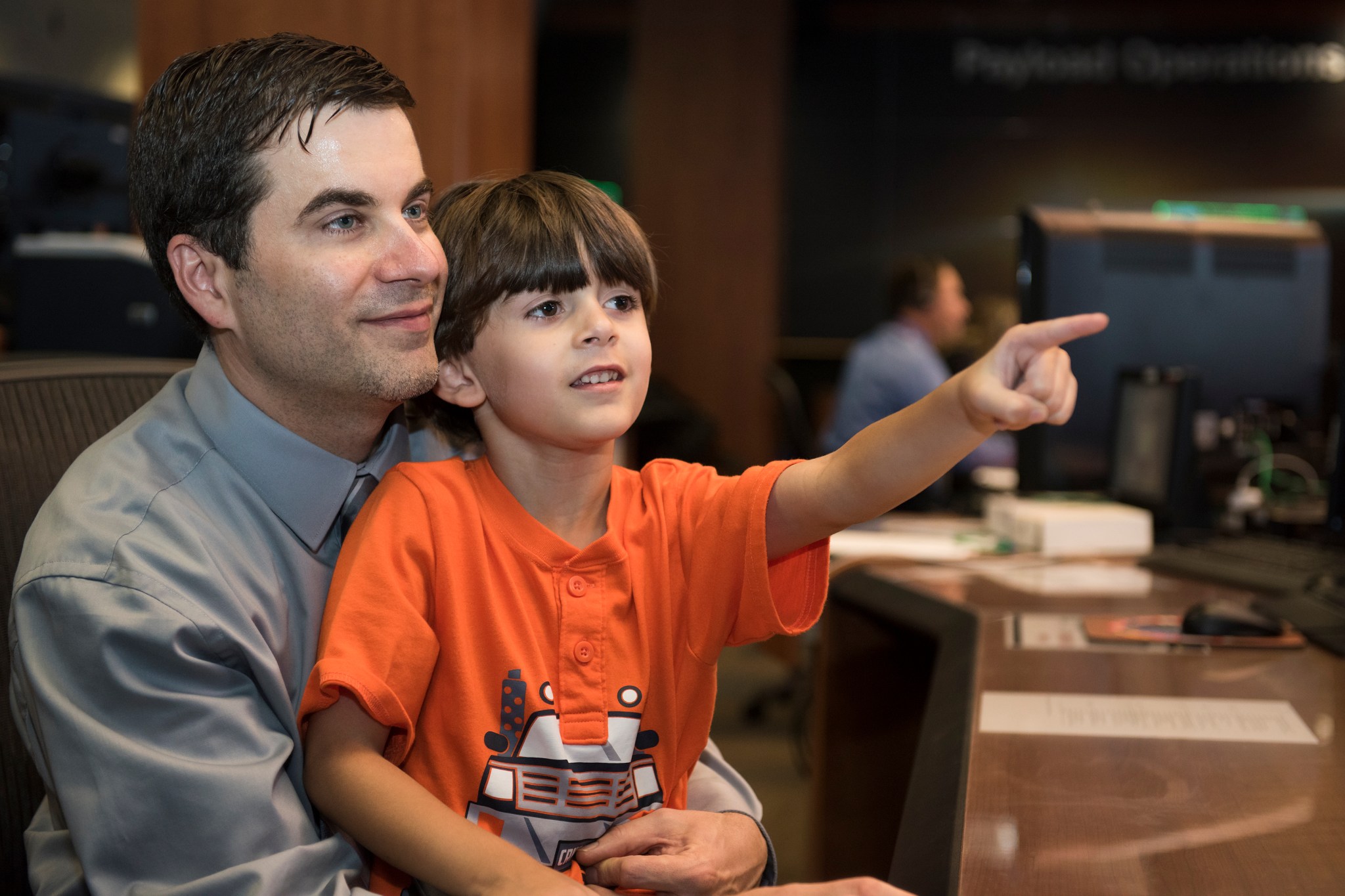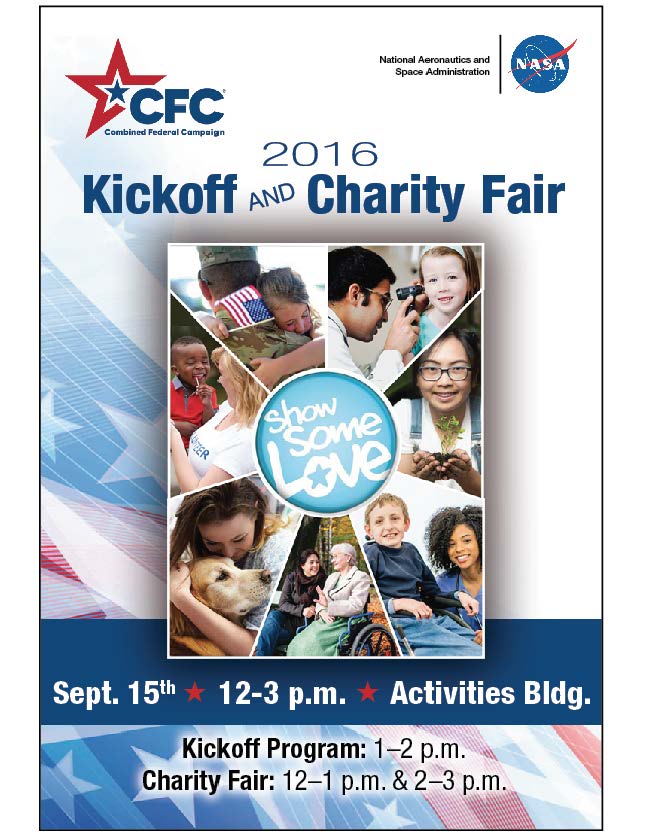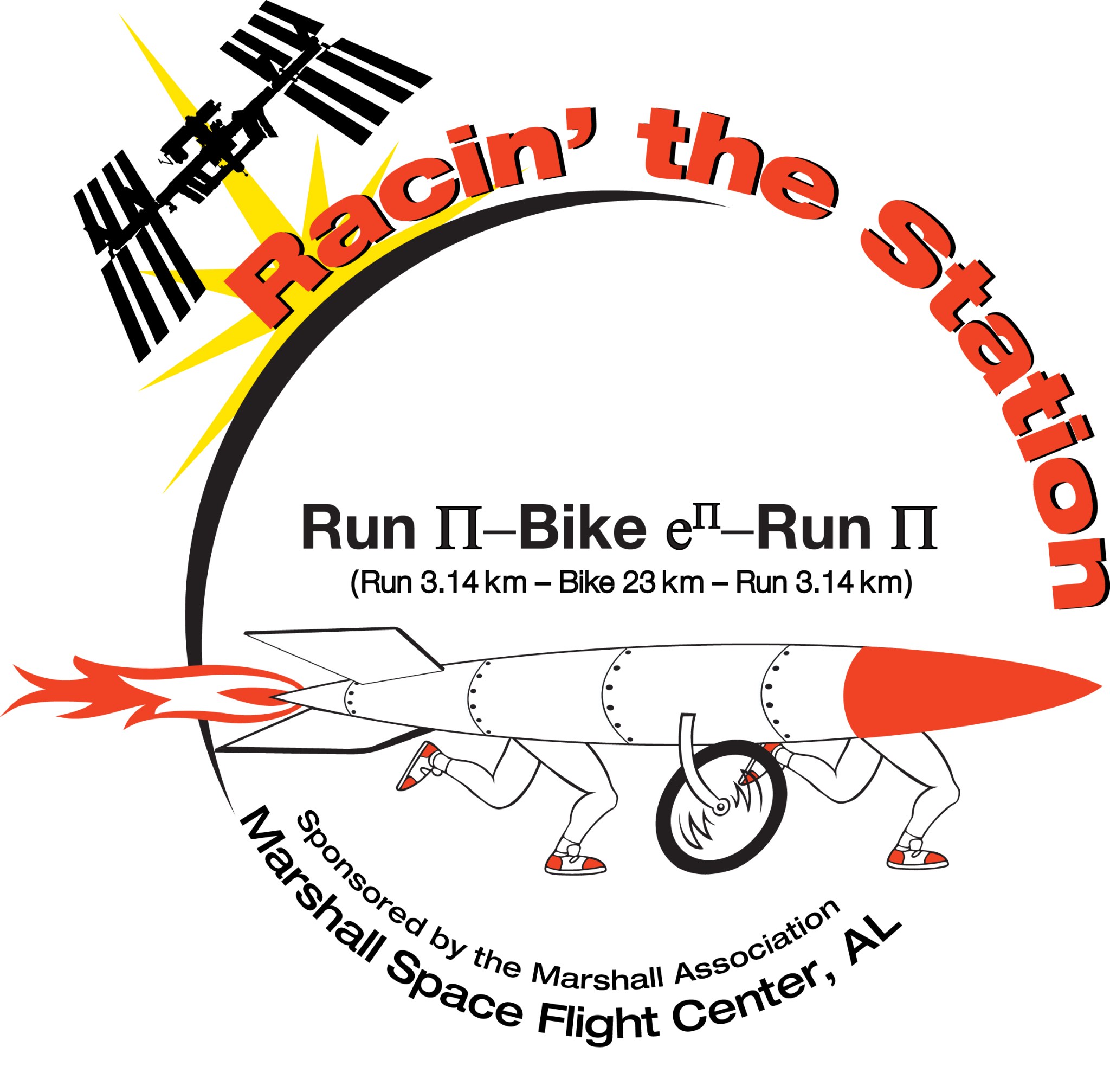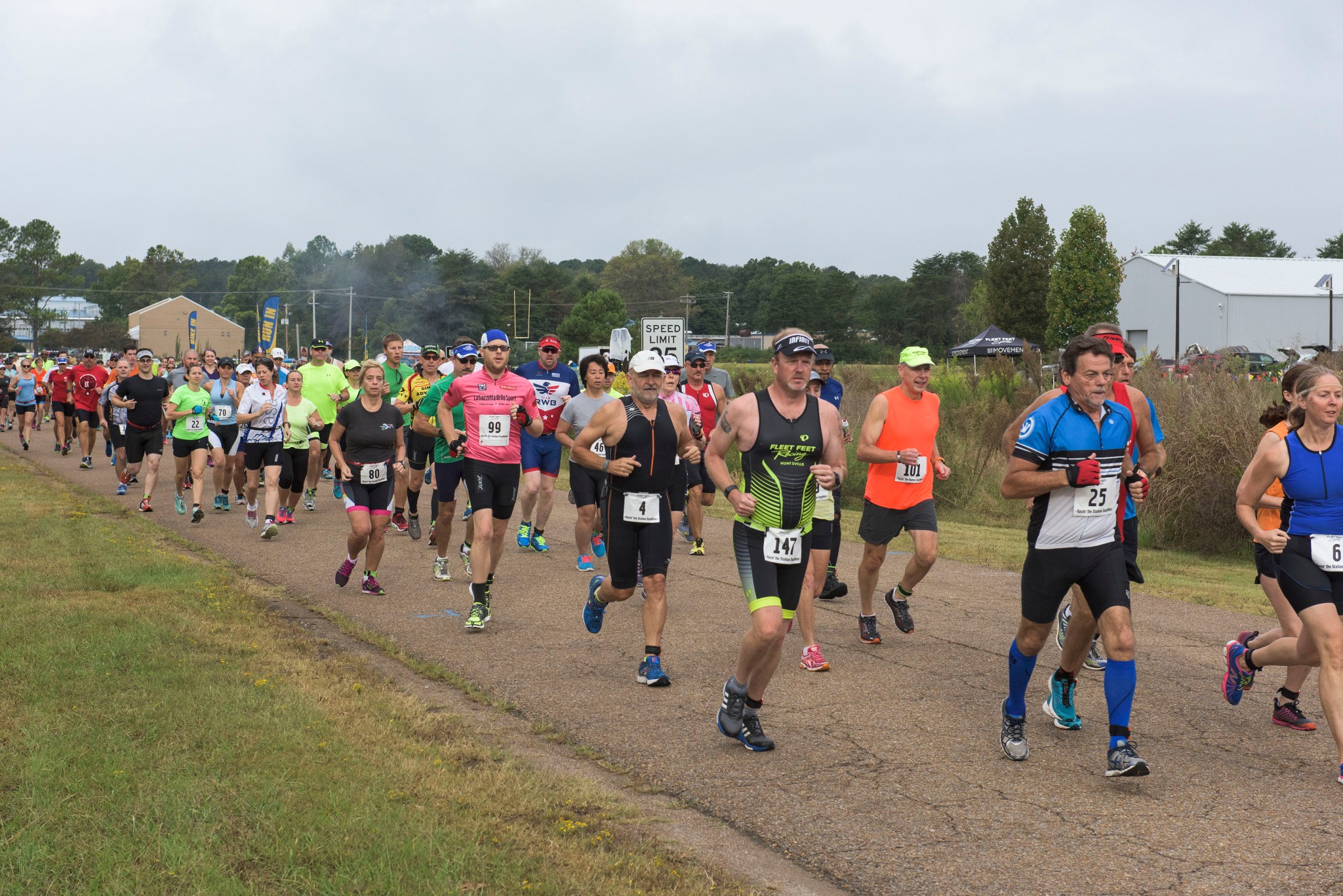In This Week’s Star
- NASA’s OSIRIS-REx Speeds Toward Asteroid Rendezvous
- NASA Awards $750,000 in Final Round of Sample Return Robot Challenge
- Time for a Check-up: Space Station Crew Inspects Expandable Module
- I Chart the Path: Eric Tepool
- NASA and Michoud Assembly Facility Celebrate 55th Anniversary
- Training the Trainers: Marshall Center’s Jason Norwood is the Face of Mission Success
- Show Some Love: 2016 Combined Federal Campaign Kickoff Sept. 15
- What’s Your Top Speed? Registration Open for 2016 Racin’ the Station Duathlon
- Take 5 for Energy Awareness and Help Huntsville Capture a $5 Million Prize
- This Week in NASA History: NASA Launches Multi-instrumented, Earth-Observing Satellite — Sept. 12, 1991
- OSIRIS-REx Launch and Robot Challenge Winners Featured on ‘This Week @NASA’
NASA’s OSIRIS-REx Speeds Toward Asteroid Rendezvous
NASA’s first asteroid sampling mission launched into space at 6:05 p.m. Sept. 7 from Cape Canaveral Air Force Station, beginning a journey that could revolutionize our understanding of the early solar system.
“Today, we celebrate a huge milestone for this remarkable mission, and for this mission team,” said NASA Administrator Charles Bolden. “We’re very excited about what this mission can tell us about the origin of our solar system, and we celebrate the bigger picture of science that is helping us make discoveries and accomplish milestones that might have been science fiction yesterday, but are science facts today.”
The Origins, Spectral Interpretation, Resource Identification, Security-Regolith Explorer, or OSIRIS-REx, spacecraft is designed to rendezvous with, study and return a sample of the asteroid Bennu to Earth. Asteroids like Bennu are remnants from the formation of our solar system more than 4.5 billion years ago. Scientists suspect that asteroids may have been a source of the water and organic molecules for the early Earth and other planetary bodies. An uncontaminated asteroid sample from a known source would enable precise analyses, providing results far beyond what can be achieved by spacecraft-based instruments or by studying meteorites.
OSIRIS-REx separated from its United Launch Alliance Atlas V rocket at 7:04 p.m. The solar arrays deployed and are now powering the spacecraft.
“With the successful launch, the OSIRIS-REx spacecraft embarks on a journey of exploration to Bennu,” said Dante Lauretta, OSIRIS-REx principal investigator at the University of Arizona, Tucson. “I couldn’t be more proud of the team that made this mission a reality, and I can’t wait to see what we will discover at Bennu.”
In 2018, OSIRIS-REx will approach Bennu — which is the size of a small mountain — and begin an intricate dance with the asteroid, mapping and studying Bennu in preparation for sample collection. In July 2020, the spacecraft will perform a daring maneuver in which its 11-foot arm will reach out and perform a five-second “high-five” to stir up surface material, collecting at least 2 ounces (60 grams) of small rocks and dust in a sample return container. OSIRIS-REx will return the sample to Earth in September 2023, when it will then be transported to NASA’s Johnson Space Center for examination.
The OSIRIS-REx mission will be the first U.S. mission to carry samples from an asteroid back to Earth and the largest sample returned from space since the Apollo era.
“It’s satisfying to see the culmination of years of effort from this outstanding team,” said Mike Donnelly, OSIRIS-REx project manager at NASA’s Goddard Space Flight Center. “We were able to deliver OSIRIS-REx on time and under budget to the launch site, and will soon do something that no other NASA spacecraft has done — bring back a sample from an asteroid.”
Goddard provides overall mission management, systems engineering and the safety and mission assurance for OSIRIS-REx. The University of Arizona leads the science team and observation planning and processing. Lockheed Martin Space Systems in Denver built the spacecraft.
OSIRIS-REx is the third mission in NASA’s New Frontiers Program. NASA’s Marshall Space Flight Center manages the agency’s New Frontiers Program for its Science Mission Directorate. Launch and countdown management is the responsibility of NASA’s Kennedy Space Center.
NASA Awards $750,000 in Final Round of Sample Return Robot Challenge
By Janet Sudnik
After two days of intense robotics competition, the West Virginia University Mountaineers of Morgantown took home $750,000 — the largest prize awarded in the five-year run of the NASA’s Sample Return Robot Challenge.
The competition and awards were held Sept. 4-6 at Worcester Polytechnic Institute in Massachusetts, the challenge host and allied organization. NASA Administrator Charles Bolden and WPI President Laurie A. Leshin led the awards ceremony, and Dennis Andrucyk, deputy associate administrator of NASA’s Space Technology Mission Directorate, presented the team with the prize check.
“West Virginia University has shown incredible ingenuity, creativity and team spirit throughout every stage of this challenge,” said Andrucyk. “They were committed to advancing this technology, and we are proud to say that they have done it. Every team that put a robot on the competition field brought us to this moment. We congratulate West Virginia University, and commend all of the teams for their efforts.”
This challenge was the culmination of five years of competition that began in 2012 and drew more than 50 teams. The Mountaineers, who have won $105,000 in prior runs, earned the most points in Level 2, which challenged the final seven teams to autonomously search and retrieve up to 10 samples without the aid of certain Earth-based technologies. The competition field was a large park with challenging terrain, and the locations and physical characteristics of the samples were unknown to the teams. To qualify for this event, teams had to first complete Level 1, returning a single sample in 30 minutes.
“It is a thrill to see this exciting competition end on such a high note,” said Leshin. “In our role as host of NASA’s Sample Return Robot Challenge, WPI has welcomed tremendous teams of innovators to campus to compete in the past five years. These teams weren’t just working for cash prizes, they helped advance science and robotics, inspiring everyone who saw their hard work, imagination and excitement. The Centennial Challenge approach to open innovation isn’t just enabling for the future of space exploration, it contributes to making life on Earth better, too. Everyone at WPI extends their hearty congratulations to all the competitors.”
NASA’s Centennial Challenges Program uses competitions to draw citizen inventors from diverse backgrounds and disciplines to push technology forward for the benefit of space exploration. Managed at NASA’s Marshall Space Flight Center, Centennial Challenges is part of the agency’s Space Technology Mission Directorate.
For more information about the competition, click here.
Footage of the Level 2 competition can be found here.
Sudnik, an ASRC Federal/Analytical Services employee, supports the Office of Strategic Analysis & Communications.
Time for a Check-up: Space Station Crew Inspects Expandable Module
NASA astronaut Kate Rubins celebrated Labor Day unlike anyone else this year. She inspected the Bigelow Expandable Activity Module on the International Space Station, where she captured this image of the empty, unoccupied module. It is the first check-up of BEAM since the initial inspection of the space station’s expanded node after it was deployed May 28. For the next two years, crew members will visit the module every three months to check for stability. Rubins collected radiation monitors and samples of the air and surfaces inside BEAM looking for microbes. The samples and radiation detectors will be returned to Earth for analysis. Expandable habitats are designed to take up less room on a spacecraft while providing greater volume for living and working in space once expanded. BEAM, the first test of an expandable module, will allow investigators to gauge how well the habitat performs — specifically, how well it protects against solar radiation, space debris and the temperature extremes of space. Crews traveling to deep space destinations, including an asteroid and Mars could use durable, reliable and safe expandable structures. The structures also have applications on Earth as well — as pop-up habitats in disaster areas or remote locations; storm surge protection devices; pipeline or subway system plugs to prevent flooding; fluid storage containers; or hyperbaric chambers for pressurized oxygen delivery. For more information about BEAM, click here. (NASA)
I Chart the Path: Eric Tepool
The Space Launch System’s four RS-25 core stage engines will provide lift capability for the rocket to carry crew and cargo to deep space destinations on the journey to Mars. These engines have experience when it comes to making history and powered all 135 of NASA’s space shuttle missions as the Space Shuttle Main Engines before they began their SLS upgrade. Thanks to Eric Tepool and his team of engineers, the RS-25s are now poised to take their place as the engines of the most powerful rocket in the world.
As chief engineer of the Liquid Engines Office at NASA’s Marshall Space Flight Center, Tepool oversees the technical side of upgrading the RS-25 engines. He and his team are developing a new engine controller, or “brain,” for the engine, which monitors engine status and communicates between the rocket and the engine. In addition to the work on integrating a new controller, work is underway to restart the production line for RS-25 engines while incorporating the latest manufacturing technologies and material improvements to ensure a more affordable engine.
As a pioneer of new technologies, there are always fresh challenges to overcome. This is Tepool’s favorite part of being a chief engineer.
“You could be working a valve one week, a controller the next week and a turbo-pump the next week. You never know what the next challenge will be, and that makes it interesting.”
According to Tepool, “The biggest challenge is often convincing the team that it’s OK to change something. Most people believe ‘if it’s not broke, don’t fix it’ — and I’m often one of them. But a lot of times, new requirements or advances in hardware, materials or processes force change.”
He explained that upgrading the engines is a balancing act between using proven technology and embracing new ideas. It is his job to recommend the best technical solution for the needs of the project. After a solution has been chosen, he keeps the project moving by focusing the talent of his team.
“We’ve got a lot of good engineers around here that are extremely knowledgeable in specific areas. I try to learn a little bit about everything so I can understand what they’re trying to convey to me. This knowledge helps me guide them from a more informed perspective,” explained Tepool.
“Every time you deal with a challenge, your knowledge base gets that much deeper. All of our engineers get a little bit sharper, and gain a better understanding of what they’re going to fly. Working minor issues is a good thing because it makes you understand the product. If nothing ever happens to your product, you don’t really get a good understanding of it — you just know it works,” said Tepool.
Tepool’s love for the space program began at an early age. He was inspired by his father, NASA engineer Ron Tepool, who took him to see space shuttle Enterprise return to Marshall atop a Boeing 747 when he was 13 years old.
Since then, Tepool has earned a degree in mechanical engineering from Auburn University and has worked on numerous development programs, which include the alternate high pressure turbopumps of the Space Shuttle Main Engines, the Integrated Powerhead Demonstrator and the J-2X engine.
Through his 26-year career at Marshall, Tepool is continuing NASA’s legacy of making history through innovation. “I am in the spot I always wanted to be in,” he said. “I mean, once you’re involved in engineering, what better place to work than at NASA?”
NASA and Michoud Assembly Facility Celebrate 55th Anniversary
Sept. 7 marked the Michoud Assembly Facility’s 55th year as a NASA facility.
Michoud, managed by NASA’s Marshall Space Flight Center, is currently manufacturing and assembling key components for the Space Launch System and Orion spacecraft.
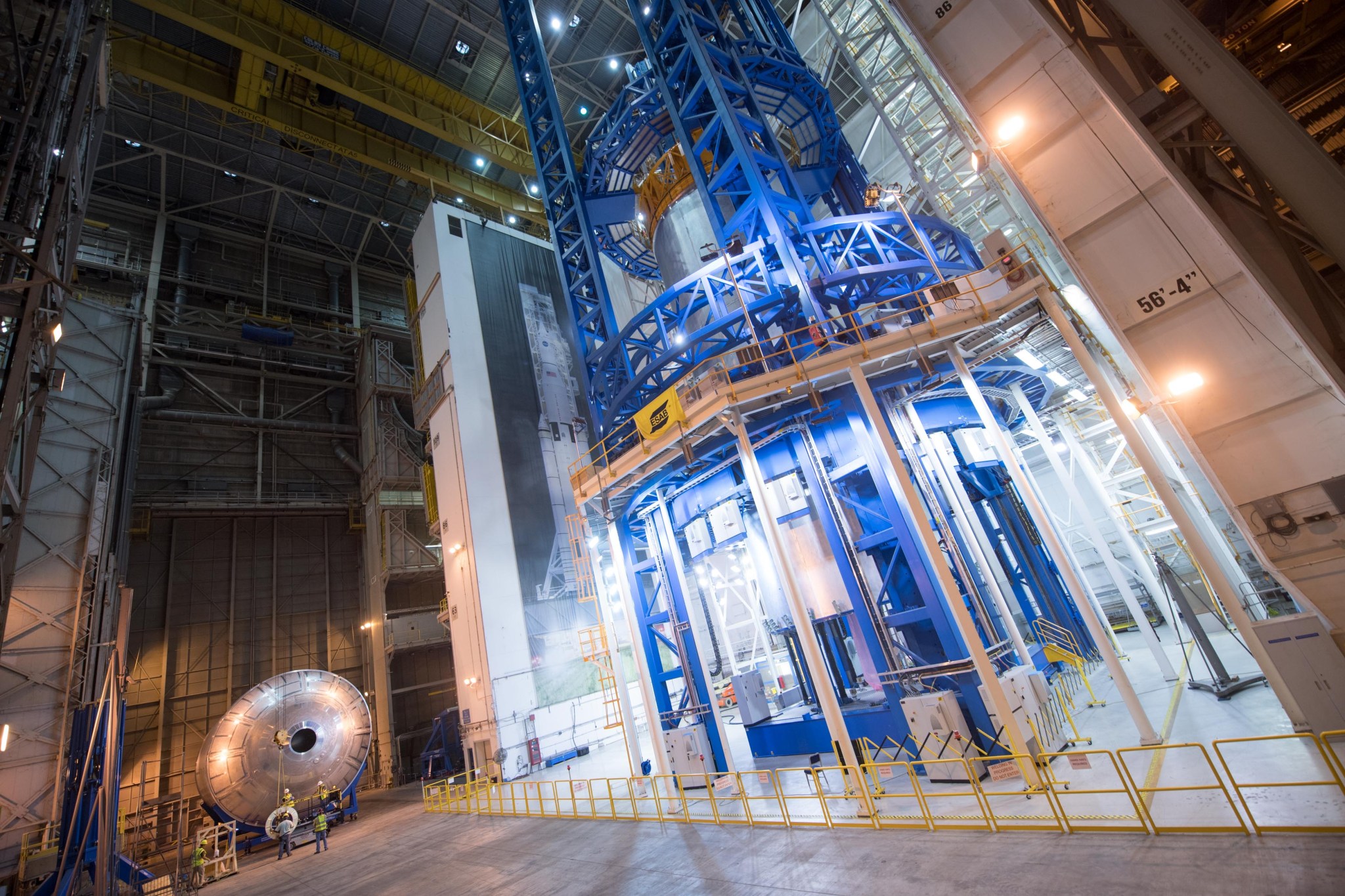
The facility’s history with NASA began in 1961 when Wernher von Braun, Marshall’s first center director, selected Michoud to manufacture the Saturn IB and Saturn V first stages. During the 1970s, Michoud manufactured the backbone of the space shuttle — the external tanks.
With 2.2 million square feet of manufacturing space and 43 acres under one roof, Michoud is the only facility equipped to handle NASA’s large-scale manufacturing needs. It is also strategically located between Marshall and NASA’s Kennedy Space Center, has deep water port access and is located near Stennis Space Center where testing is done.
“Michoud’s unique capabilities certainly played a key role in its historic achievements,” said Michoud Director Bobby Watkins. “But it will always be the exceptional commitment and skills of the men and women who support programs at Michoud who are responsible for past accomplishments and those yet to come on this journey to Mars.”
Training the Trainers: Marshall Center’s Jason Norwood is the Face of Mission Success
by Bill Hubscher
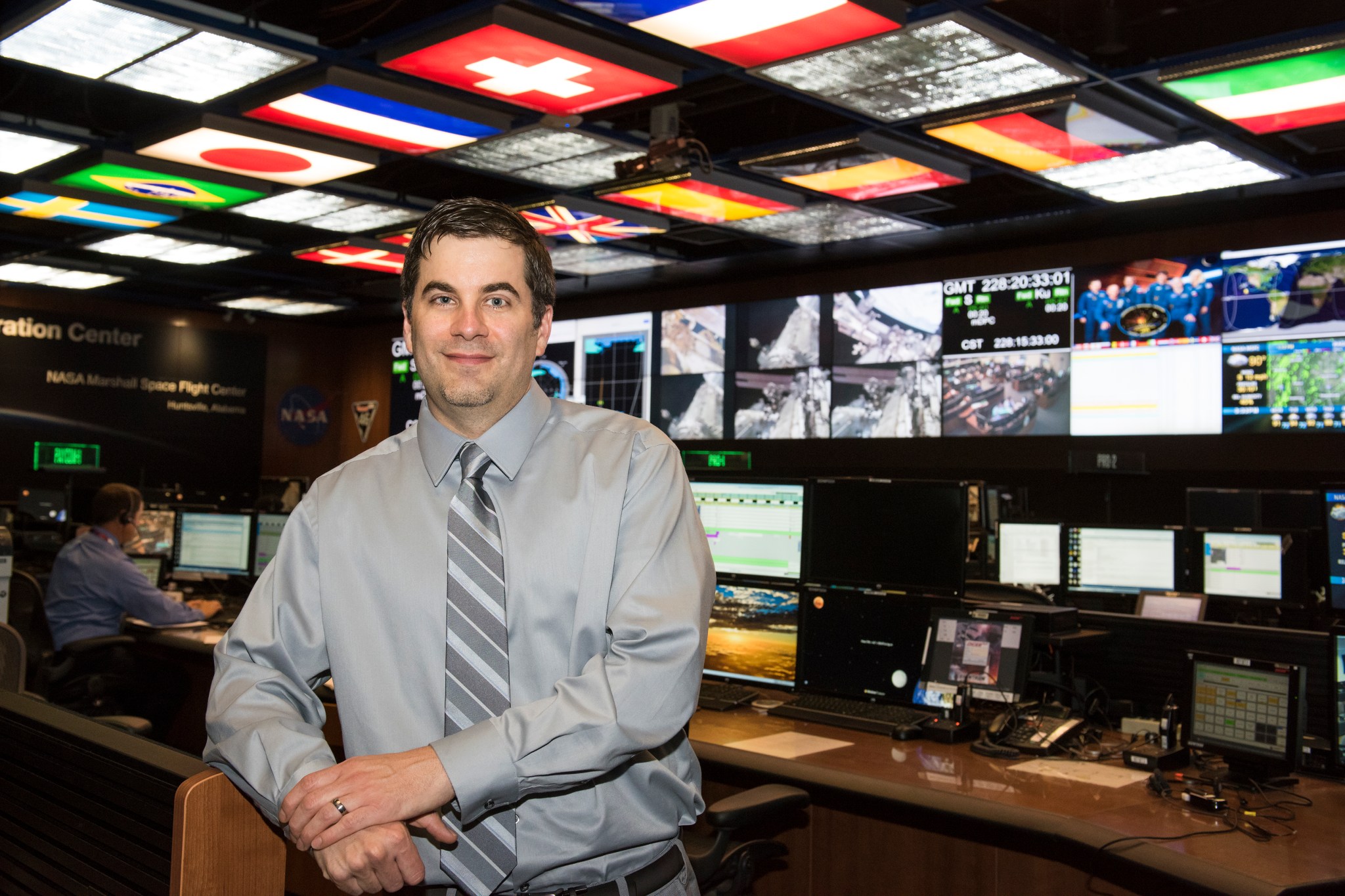
It’s a good thing Jason Norwood is not afraid of heights.
When Jason was a boy, his father David Norwood worked as a contractor for NASA at Vandenberg Air Force Base helping develop the Space Launch Complex — a back-up launch pad for the Space Shuttle Program.
One evening, his father took 9-year-old Jason on a tour of the project — a tour which would later have a profound effect.
“We were near the top of the tower on the pad and it struck me about what an amazing and important mission my father and the agency had,” Norwood recalls. “I realize now that moment brought NASA into full focus as the group flying to space and pushing the intellectual boundaries to help mankind.”
Now, as deputy branch chief of the Training and Crew Operations for the International Space Station at NASA’s Marshall Space Flight Center, Norwood is inspired by the people he works with every day. He leads the team that teaches future station crew members the step-by-step procedures of the science investigations the astronauts will conduct while in orbit.
For a short time after graduating from Auburn University in Alabama in 2000 with a bachelor’s degree in electrical engineering, Norwood wasn’t sure what his future held. “I knew I wanted to be the best electrical engineer I could,” he says. “I just wasn’t sure where that would be.” As he applied for jobs near his home in Decatur, Alabama, he recalled his childhood adventure on that California launch pad. He started looking for positions working with NASA, and soon landed with Teledyne Brown Engineering of Huntsville, working on data communications between Earth and the orbiting experiments on the space station.
He quickly gained a better understanding of what it was like to work on a truly international project, leading a team working with engineers from Brazil — one of the countries contributing to the early construction of the orbiting laboratory.
“We were building a pallet so we could mount investigations on the exterior of the space station,” says Norwood. “It was one of the more challenging times of my career. I was fresh out of college, working with a team that literally spoke a different language, trying to help design and integrate data and power connections for other scientists from the U.S., Japan and Europe who all had different requirements. I learned it’s one thing to understand electrical engineering, but another thing entirely to integrate the design while overcoming language and cultural barriers.”
The experience also taught Norwood important leadership skills that he would carry forward for the rest of his career. He soon transitioned to working in the Payload Operations Integration Center — science mission control for the space station located at Marshall.
“It was exciting to work directly with astronauts and scientists around the world,” Norwood says. “I was helping people who had been dreaming about making scientific advances for 20 years. We were on the cutting edge of discoveries and, within that first year, I knew I wanted to help lead this team.”
In 2007 he got his chance. Norwood was selected to join NASA as a payload operations director, leading the group of flight controllers who work 24/7 with astronauts to perform science in microgravity. His new position allowed him to continue developing his leadership skills.
When named deputy chief of training and crew operations in 2015, it was an opportunity to influence and help others advance as he had been helped. “I enjoy leading a team of experts and facing the challenges of any given day — helping people to mitigate risk and improve our procedures,” he says. “I get a sense of satisfaction in working with people, reminding them of their potential and what we’re accomplishing, and then helping them develop their technical and leadership skills to lead our mission.”
To read more about how Norwood has made NASA into a “family business,” click here.
Hubscher, an ASRC Federal/Analytical Services employee, supports the Office of Strategic Analysis & Communications.
Show Some Love: 2016 Combined Federal Campaign Kickoff Sept. 15
By Jenalane Rowe
The Tennessee Valley Combined Federal Campaign is gearing up for its annual goodwill drive with a kickoff event Sept. 15 at NASA Marshall Space Flight Center’s Activities Building 4316 from 1-2 p.m. All Team Redstone employees are invited to attend.
The kickoff event will highlight this year’s campaign theme, “Show Some Love,” and will include remarks by Lt. Gen. David L. Mann, commanding general of the U.S. Army Space and Missile Defense Command at Redstone, and entertainment by the Army Materiel Command Band. A charity fair, showcasing 40 local, non-profit organizations, will provide an opportunity before and after the kickoff program for participants to learn about charities that benefit from the CFC.
Bus transportation to and from the event will be provided from Buildings 4200, 4487 and 4600. Come out and enjoy the entertainment and refreshments, register to win a door prize, learn about non-profit organizations that benefit from CFC and discover how you can show some love.
For more information about CFC, bus tours, service days and ways to give, visit the CFC ExplorNet page.
Rowe, an ASRC Federal/Analytical Services employee, supports the Office of Strategic Analysis & Communications.
What’s Your Top Speed? Registration Open for 2016 Racin’ the Station Duathlon
by Bill Hubscher
You don’t have to move as quickly as the International Space Station — 17,000 mph — but you can still try to beat its orbit time Sept. 24 at the fifth annual Racin’ the Station Duathlon.
NASA’s Marshall Space Flight Center invites athletes — from the occasional jogger to the professional runner or biker — to race the space station by finishing a specially designed Earth-bound course in the same amount of time it takes for the station to complete one orbit around the planet — just over 90 minutes.
Participants can register online for the event. Online registration closes a few days before the race. Deadlines vary based on whether or not participants have access to Redstone Arsenal.
The popular event is a scholarship fundraiser for the Marshall Association — a professional service organization of current and former NASA employees and contractors open to anyone with access to Redstone Arsenal.
“When we created the race, it made sense for us to tie in a space theme,” said race founder and director Kent Criswell, the integration lead for the Space Launch System’s Exploration Upper Stage at the Marshall Center. “We compared the average time it takes to run this specific duathlon course, and it was very nearly the exact time it took for the station to complete a circuit of Earth. We’re hoping for a record turnout this year so we can support the amazingly talented kids in our community as they start their college education.”
The timed course begins at 8:30 a.m. with a 3.14 kilometer run, followed by a 23 kilometer bicycle ride, and finishes with another 3.14 kilometer run. The start and finish line is at the Marshall’s Wellness Center Building 4315, with the race officially over when the last person crosses the finish line. Lunch and an awards ceremony are scheduled at 11 a.m.
The length of the running portion of the race is not a coincidence. Criswell and race organizers arranged the distance to coincide with the number pi, π, approximately equal to 3.14. If the entire race seems too vigorous, participants can form two-person relay teams where one does the running portions and a partner handles the cycling.
Racers will pass many Army and Marshall facilities, including the Payload Operations Integration Center, the command post of space station science. At race headquarters in Marshall’s Activity Building 4316, they will have the opportunity to learn about NASA programs, including the International Space Station, the Space Launch System, the United Launch Alliance Atlas IV and Delta V rockets and Army exhibits from the Unmanned Aerial Vehicles from the U.S. Army.
“Many people who race don’t normally have access to Redstone Arsenal and they don’t know what we do out here,” said Criswell. “We hope those that participate enjoy not only the sport, but also enjoy the glimpse at the amazing projects the organizations here at the arsenal work on and support.”
Because the race is held on Redstone, a federal installation, participation is restricted to U.S. citizens. Prizes will be awarded in multiple age group categories. For details about the race, including course maps, distances, Redstone access requirements and to register to participate or volunteer, email ISSduathlon@gmail.com and visit the Racin’ the Station Duathalon website.
Hubscher, an ASRC Federal/Analytical Services employee, supports the Office of Strategic Analysis & Communications.
Take 5 for Energy Awareness and Help Huntsville Capture a $5 Million Prize
By Jenalane Rowe
The city of Huntsville is a leading contender to win the $5 million prize in the Georgetown University Energy Prize Competition and Redstone Arsenal can help bring it home.
This nationwide prize competition invites eligible communities to compete in developing and implementing sustainable energy plans for continual reductions in the consumption of local natural gas and electric utilities. To win, Huntsville’s Operation Green Team is highlighting five steps citizens can take that can help the community conserve energy.
“NASA, along with all the organizations on Redstone Arsenal share a strong commitment to environmental excellence in Huntsville,” said Donna Leach, an environmental engineer at NASA’s Marshall Space Flight Center. “These five steps can save people up to 20% on their energy bills while protecting our local environment and natural resources.”
The prize competition offers a very attractive incentive now. But the city of Huntsville’s drive to reduce energy consumption in homes and municipal buildings is ongoing.
Evidences of greater energy efficiency can be seen in various ways throughout Redstone and Marshall with the construction of several environmentally friendly facilities. Many of these facilities – such as Marshall’s Building 4260 and Building 4220 — have met the requirements for the U.S. Green Building Council’s Leadership in Energy and Environmental Design certification. The LEED certification signifies those buildings that are resource efficient, use less water and energy, and reduce greenhouse gas emissions.
To help energize the competition, Redstone Arsenal is partnering with the city of Huntsville to carry the messages of the Take 5 campaign to the workforce. The campaign aims to reduce Huntsville’s energy consumption through five easy actions:
- Change Out: pick the five most used lights in your home and change to LED bulbs
- Unplug It: make vampire appliances a thing of the past — if you’re not using it, unplug it
- Set It Right: set thermostats to 78 degrees in the summer and 68 degrees in the winter
- Clean Up Quick: take a five-minute (or less) shower
- Keep It Closed: close garage doors and seal windows
“It’s a win-win,” said Leach. “Considering Redstone’s part in Huntsville’s energy consumption, as a workforce and as individuals, we will help reach our ultimate goal of conservation — and hopefully bring home $5 million in the process.”
To learn more visit check out the Green Spot newsletter on ExplorNet.
Rowe, an ASRC Federal/Analytical Services employee, supports the Office of Strategic Analysis & Communications.
This Week in NASA History: NASA Launches Multi-instrumented, Earth-Observing Satellite — Sept. 12, 1991
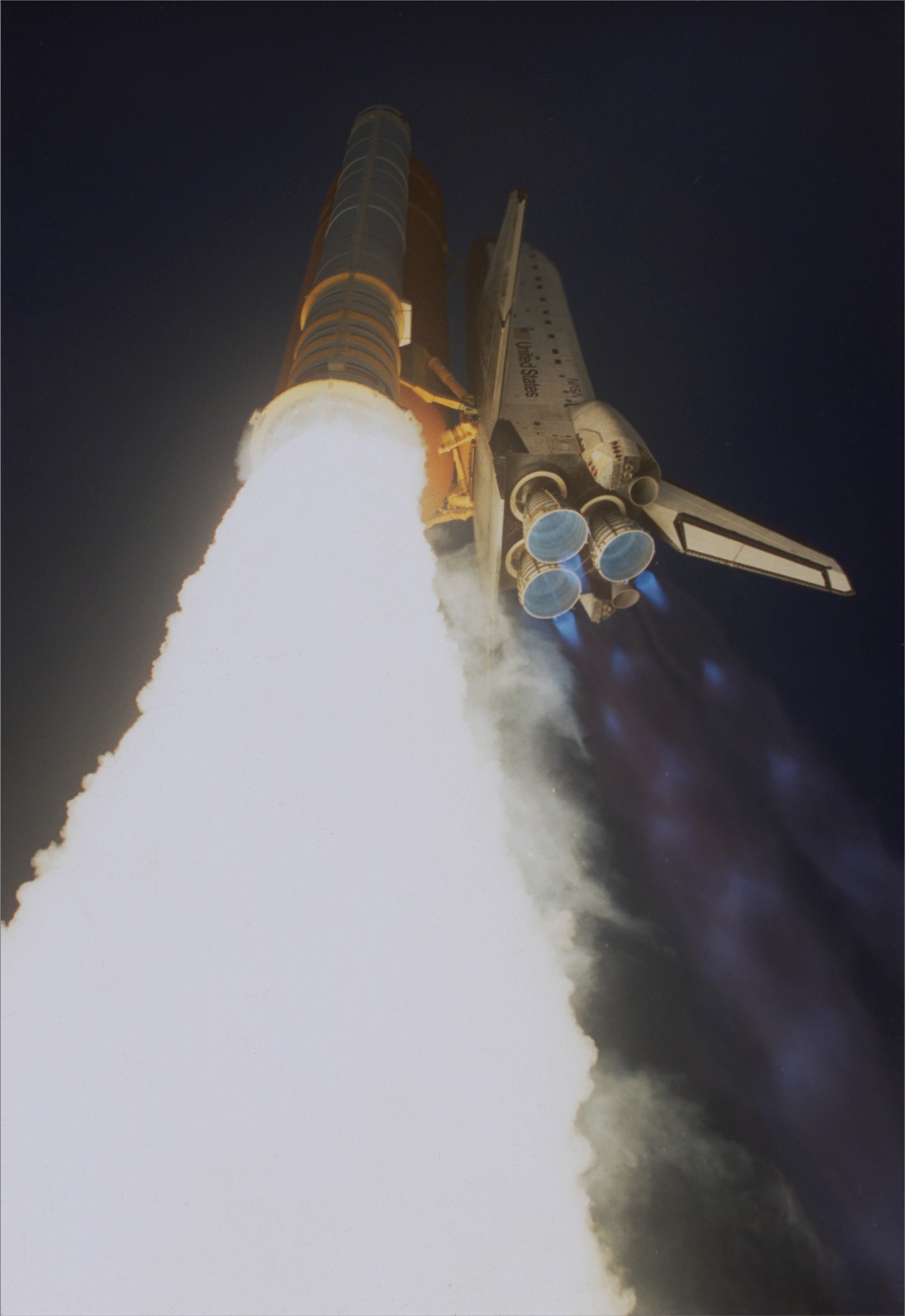
This week in 1991, STS-48 launched aboard space shuttle Discovery to deploy the Upper Atmosphere Research Satellite — the first multi-instrumented satellite to observe numerous chemical components of Earth’s atmosphere for better understanding of photochemistry. NASA’s fleet of satellites, its airborne missions and researchers address some of the critical challenges facing our planet today and in the future — climate change, sea level rise, freshwater resources and extreme weather events. The NASA History Program is responsible for generating, disseminating and preserving NASA’s remarkable history and providing a comprehensive understanding of the institutional, cultural, social, political, economic, technological and scientific aspects of NASA’s activities in aeronautics and space. For more pictures like this one and to connect to NASA’s history, visit the History Program’s webpage. (NASA)
OSIRIS-REx Launch and Robot Challenge Winners Featured on ‘This Week @NASA’
Two events themed around deep-space sample return missions — an asteroid-bound spacecraft launch and a university robotic challenge — are both featured in the latest edition of “This Week @NASA,” a weekly video program broadcast nationwide on NASA-TV and posted online.
On Sept. 8, NASA launched the Origins, Spectral Interpretation, Resource Identification, Security – Regolith Explorer, or OSIRIS-Rex, mission from Cape Canaveral Air Force Station. OSIRIS-Rex, the first U.S. mission to sample an asteroid, is scheduled to arrive at near-Earth asteroid Bennu in 2018.
The mission calls for the spacecraft to survey the asteroid, retrieve a small sample from its surface and return the sample to Earth for study in 2023. Analysis of that sample is expected to reveal clues about the history of Bennu over the past 4.5 billion years, as well as clues about the evolution of our solar system. The OSIRIS-REx mission is part of the New Frontiers Program, managed by NASA’s Marshall Space Flight Center.
Continuing the sample return theme, for the second year in a row, a team of engineering students from West Virginia University in Morgantown, won the Level 2 competition of NASA’s Sample Return Robot Challenge at Worcester Polytechnic Institute, in Massachusetts. This challenge is part of NASA’s Centennial Challenges, initiated in 2005 to engage the public in the process of advanced technology development and managed by Marshall.
The winning team earned $750,000 in prize money by successfully navigating its robot to retrieve the most simulated samples in the timed competition. NASA Administrator Charles Bolden was on hand to congratulate the team. The annual event provides an opportunity for citizens to help NASA address problems that might be encountered on future deep space exploration missions.
View this and previous episodes at “This Week @NASA” or at https://www.youtube.com/user/NASAtelevision.



























